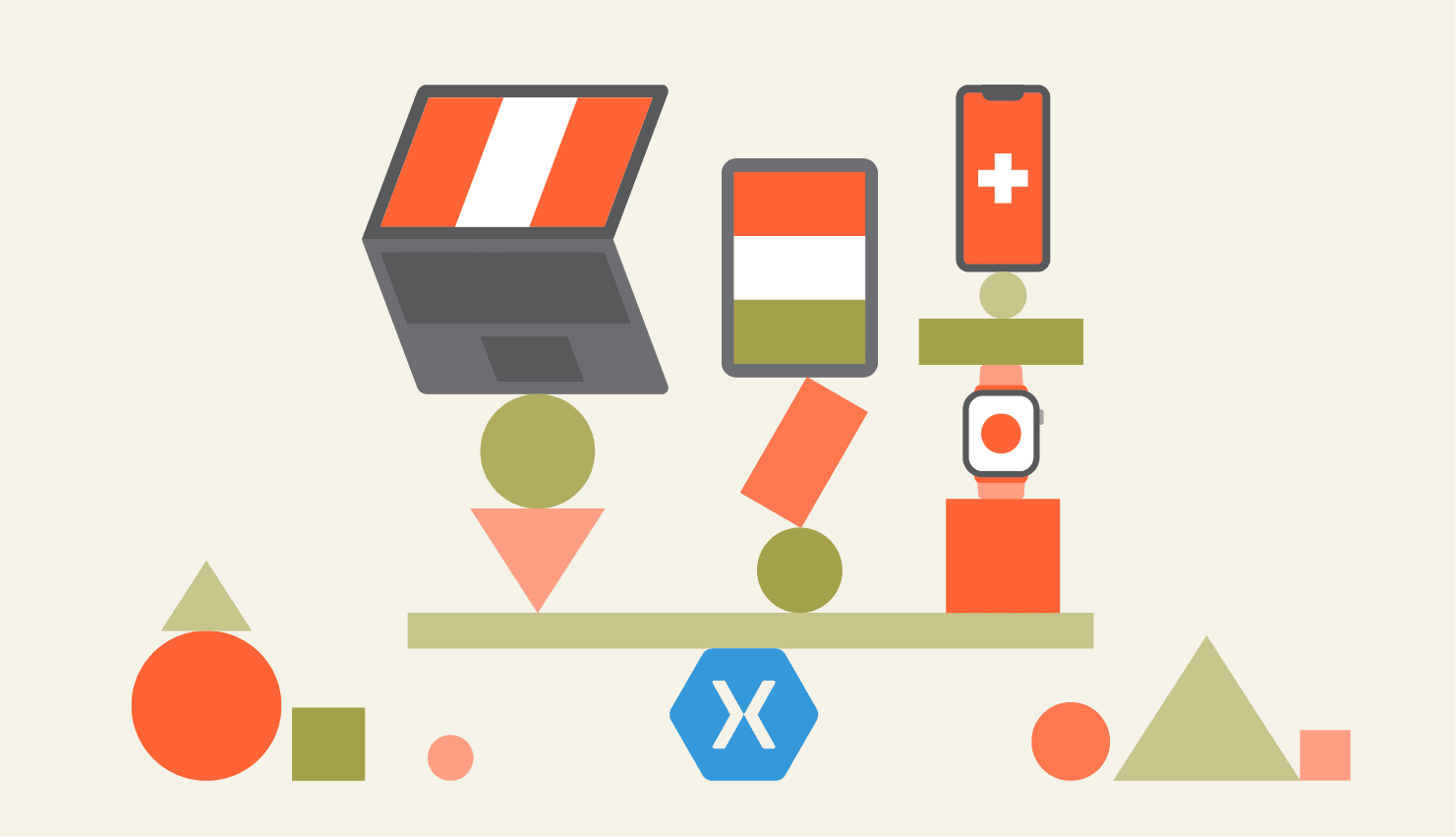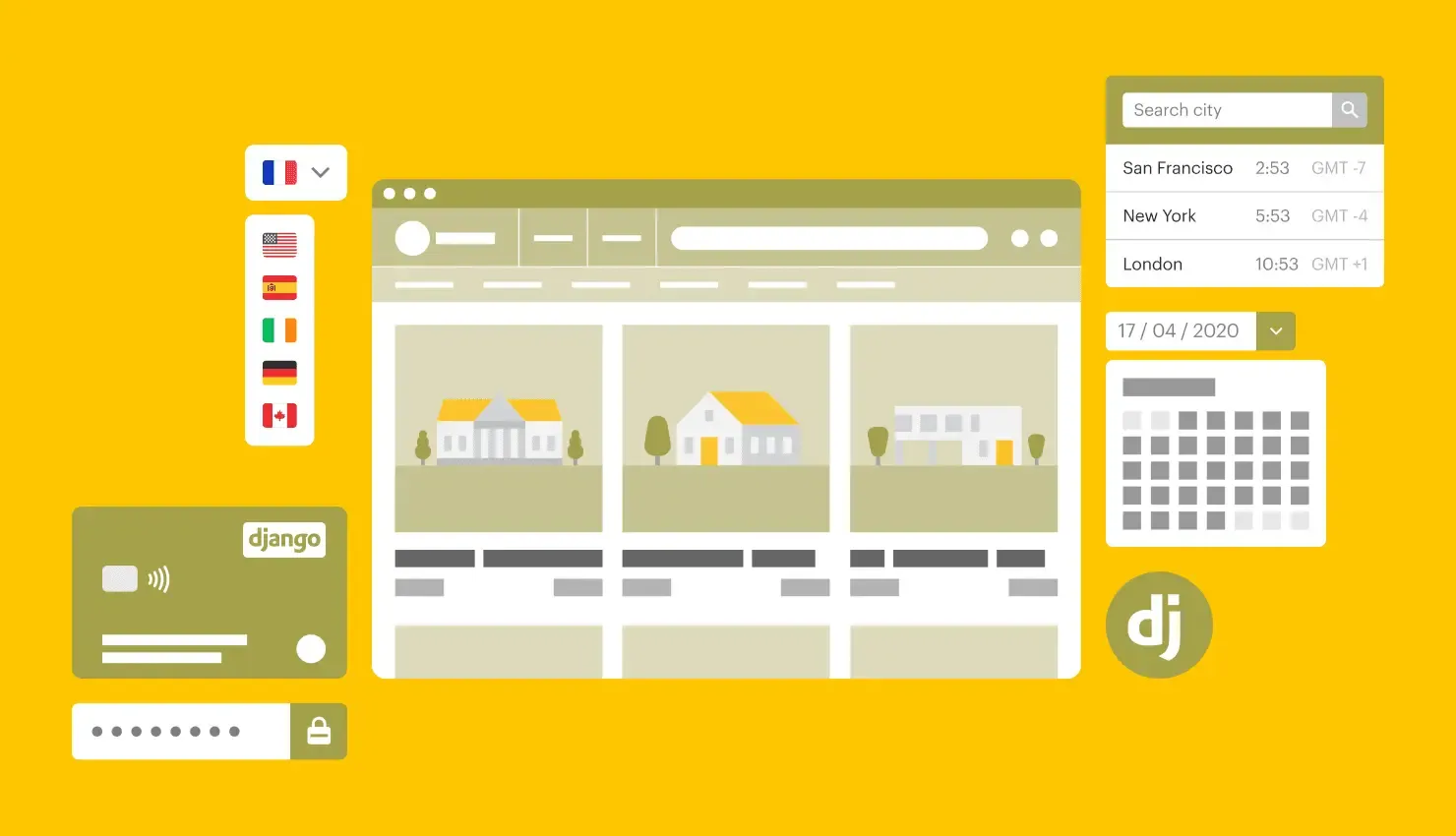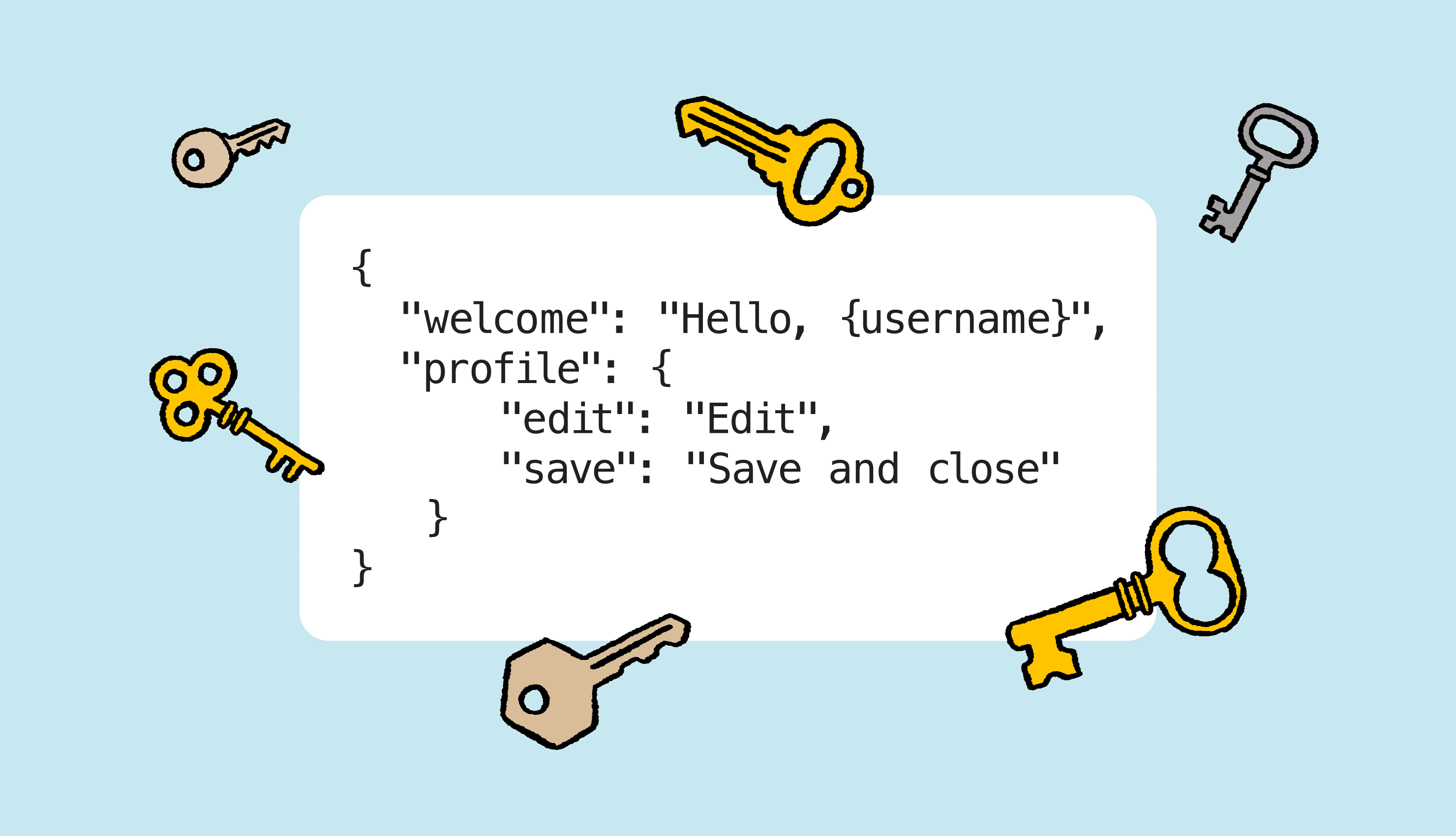Xamarin.Forms internationalization & localization
If you are reading this, you (or your organization) have already taken the right step toward reaching across multiple platforms using Xamarin.Forms. But just it's as important, if not more so, to speak your customers' language
Updated on November 9, 2022·Dasun Nirmitha I18n and l10n: List of developer tutorials
Getting started with i18n (internationalization) and l10n (localization) can be quite complex, especially if you have never implemented these concepts before. Many developers find themselves asking: how do I add internationalization support to my application? The short answer is: it depends. Nowadays, there are lots of programming languages and frameworks with their own specifics and caveats. Therefore, the <
Updated on July 16, 2024·Ilya Krukowski EmberJS i18n: ember-intl beginners tutorial
In this article, you will learn how to implement EmberJS i18n (internationalization) into your application. Internationalization is a part of an application's development strategy to facilitate normalizing the app for a different region or culture, including the language. In the world of coding, internationalization is often referred to as i18n simply because of the term's 20-chara
Updated on November 15, 2022·Arturs Ziborovs How to create a Ruby Gem: Publishing
This is the third and final part of the "How to create a Ruby Gem series" where we are going to finalize our plugin and publish it to RubyGems. Designing your gem with multiple languages is essential for software internationalization. This not only expands your audience but also enhances user experience by making your plugin accessible to diverse linguistic backgrounds.
Updated on September 16, 2022·Ilya Krukowski Advanced Django internationalization
Previously, we explored the basics of how the Django framework supports internationalization. Now, it’s time to take a deeper dive into advanced Django internationalization. In this guide, we’ll cover practical techniques such as pluralization, context-aware translations, dynamic language switching, localizing dates and times, and handling RTL languages like Hebrew. By masterin
Updated on December 16, 2024·Ilya Krukowski How to test ruby gem: step by step tutorial with rspec example
In the previous part of this series we learned the basics of creating a Ruby i18n We created an initial directory structure, defined a gemspec, installed dependencies, and started to write the actual code. Today, we are going to continue creating the Ruby gem and, specifically, we will take care of the testing suite essential for
Updated on November 9, 2022·Ilya Krukowski How to create a Ruby Gem: The basics explained with examples
In this series of tutorials, we will discuss all aspects of how to create a Ruby gem (gem is just a fancy word for "library" or "plugin"). In this section we will make the initial preparations, create the project structure, define the gemspec, and proceed to writing the actual gem example. This gem will play a crucial role in software internationalization by facilitating seamless i
Updated on October 2, 2024·Ilya Krukowski Translation keys: naming conventions and organizing
You already know that translating your app is important, and you're familiar with the general localization process. But as the saying goes, "the devil is in the details"—and one crucial detail that often gets overlooked is how you manage translation keys. Organizing and naming these keys effectively is essential to keeping the localization process smooth, especially as your app grows and ev
Updated on September 18, 2024·Ilya Krukowski 







